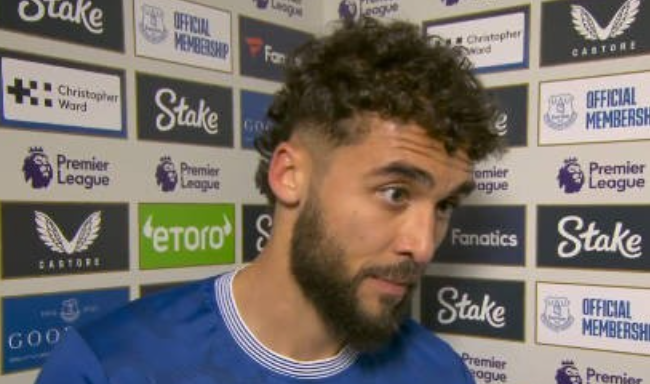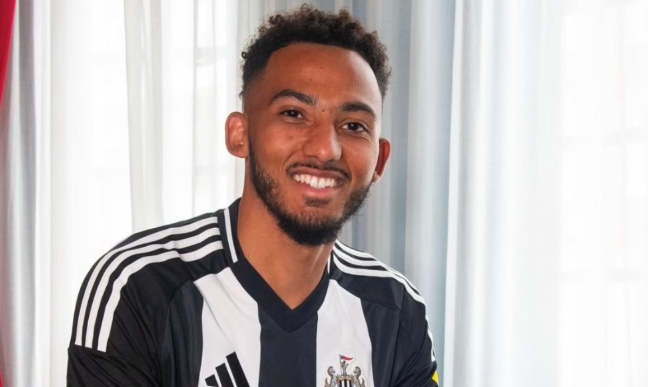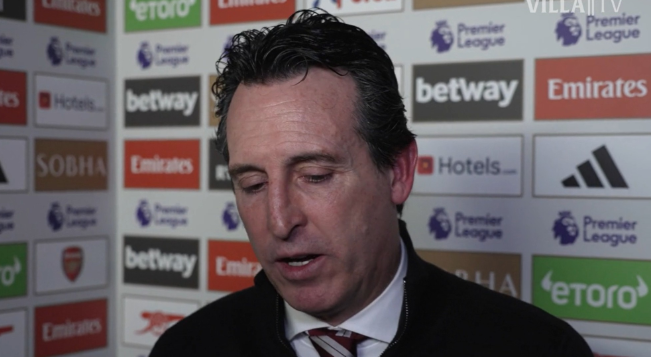
Statistics on the 21/22 season only cover up to the first seven rounds of fixtures before the eighth round of Premier League fixtures on October 16th.
In these 7 rounds of matches, Brighton team is in the 6th place of the league with 14 points with 4 wins, 2 losses and 1 draw. In comparison, during the same period last season, they only accumulated 5 points and ranked 16th. To reach 14 points, the season has advanced to the 17th round. What tactical changes did manager Graham Potter implement, or which player's explosive performance made the decisive difference? The truth is that they have made few major adjustments, instead executing deeper on the original system. This seemingly uninteresting answer seems to prove that Brighton - and the Seagulls - have always been an interesting team to watch. Next, we will try to analyze the differences between Brighton and other mid-to-lower-tier teams in the Premier League, using the team's match statistics.
Although Brighton ended up in 16th place last season, many critics didn't think they would fall into the relegation zone. The huge difference between the fans' eyes and their actual ranking is likely due to the fact that Brighton's style of play is not quite the same as the mainstream tactics of traditionally thought of underdogs.
Sean Dyche's Burnley side play a sturdy 4-4-2 formation based on Tarkowski-Mee's solid backline; up front they have the towering winger Wood who can receive high balls and pose a threat to the opponents' goal.Roy Hodgson's Crystal Palace rely on experienced veterans, focusing on defending and patiently waiting for their opponents to make a mistake, utilizing players such as Zaha to create havoc on the limited chances to create havoc.
The system of these two teams, which is predicated on solid defense, has really helped them to stay in the relegation year after year and play in the Premier League for many years. As for Brighton, who we are going to introduce today, their style of play seems to be very different from the two teams mentioned above, despite the fact that most of the seasons, their goal is to stay in the relegation.
Compare the time a team spends with the ball in attack through possession, look at touches in the backfield to see if the team is used to defending as the starting point of the organization (or dares to pass in the backfield to avoid opponents' pressure), and look at the number of short passes to assess whether the team prefers short penetration or long rush passes. These three statistics help us understand the general direction of the team's overall offense.
The chart above shows the color scale of the 20 Premier League teams in these three categories, with Burnley and Crystal Palace near the bottom of the scale in red, and Brighton (and Southampton) in the upper middle of the scale in yellow and yellow-green. If you look at the level of mid-to-lower-tier teams that are "relegated every year" as a starting point, Brighton is really a team that excels in the key statistic of passing and controlling at the defensive end.
This year, Brighton's numbers have shown even more prominence with patient passing on the defensive end. 56.3% possession, 5th highest, ahead of Chelsea's 53.6%, who are currently at the top of the table; a whopping 262.1 touches at the back, the most in the Premier League (this statistic is slightly irrelevant to a team's possession, as teams with true possession rarely stay in the back area. The top three are all teams that are at or below the Premier League average, but value passing at the back: Brighton, Norwich, and Leeds United); and the number of short passes is 170.0, which is 5th, just below title favorites Manchester City, Manchester United, Chelsea, and Liverpool. Although it's risky to draw conclusions from only 7 rounds of matches, and Brighton is likely to gradually return to last year's average level in the coming matches, at least from these improved figures, it can be seen that Brighton's emphasis on passing at the back of the field is not decreasing, but increasing.
In order to pursue the rhythm of the game, modern soccer has gradually derived two of the most popular indicators - pass-and-control soccer and high-pressure pressing. Manchester City is the absolute expert in passing and controlling soccer, Liverpool is the perfect representative of high-pressure pressing, Chelsea combines backfield passing with fast attacking and defensive conversions to dominate the European Championships, and Manchester United utilizes the attacking and defensive conversions after high-pressure pressing to tear apart the opponent's defense. To put it more dramatically, these two indicators can be said to be the necessary conditions for a team to show its dominance, and Graham Potter's Brighton's level in these two indicators can't be ignored.






























